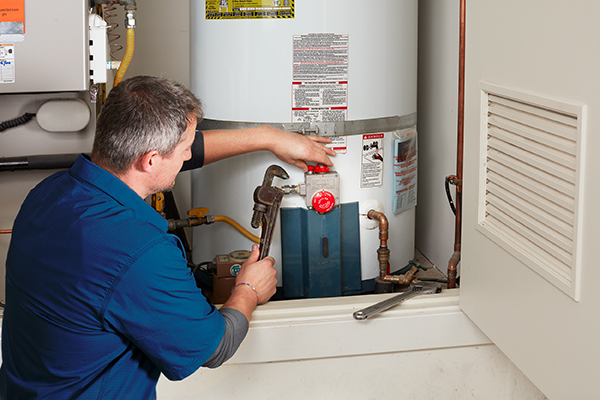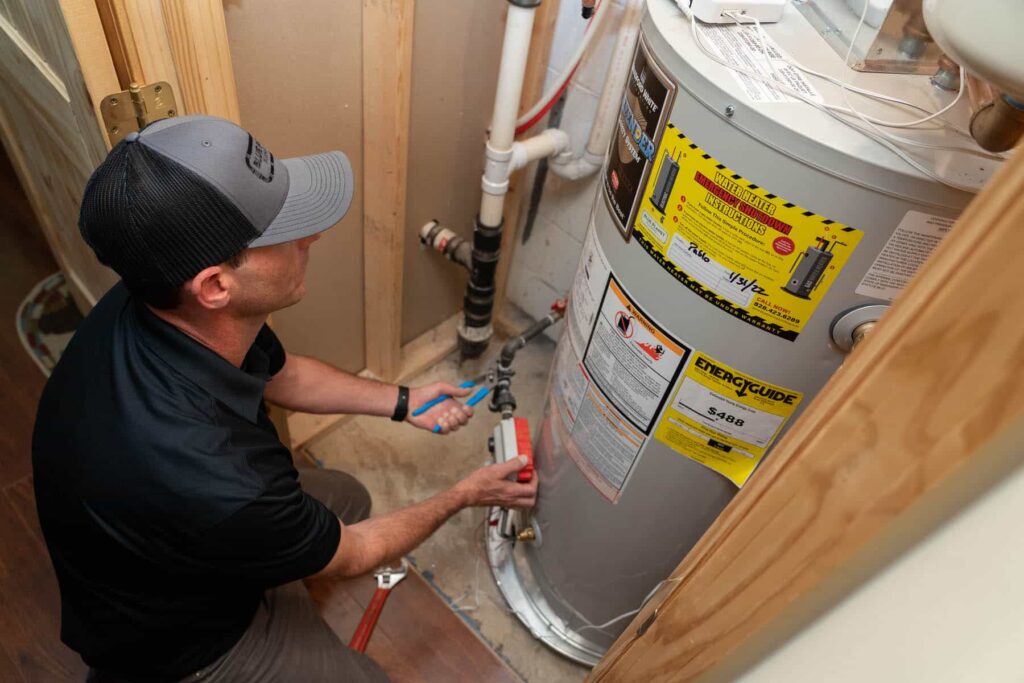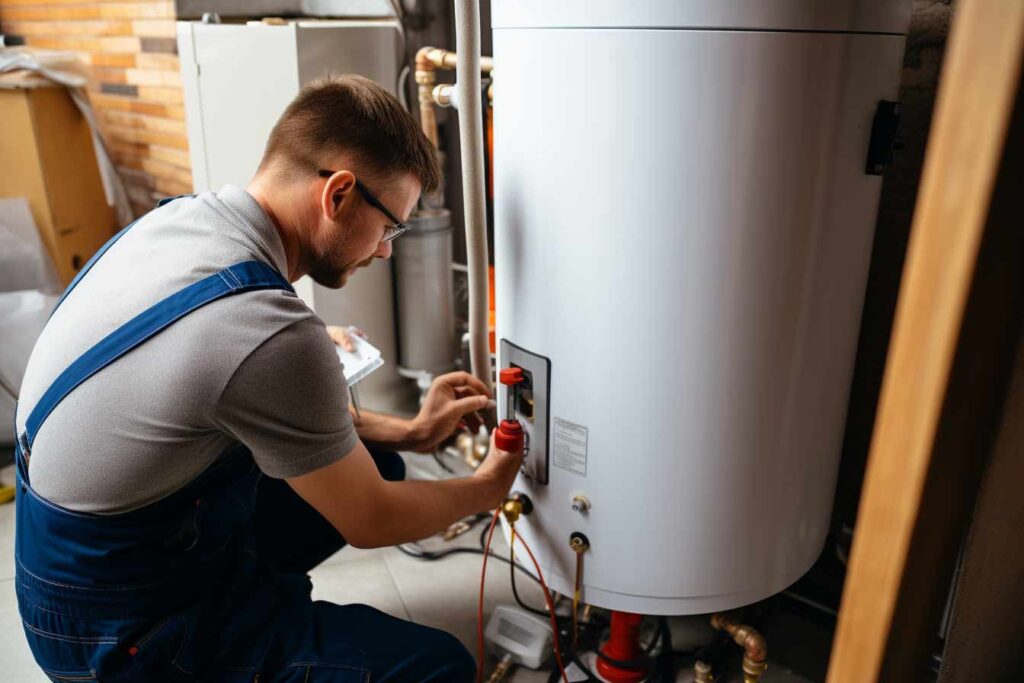Introduction
Immersion tanks: a classic heating method or an energy-hogging nightmare? These systems have been around for ages, but in today’s world of innovation and efficiency, are they still relevant? Let’s dive into the heated debate (pun intended).

The Energy Dilemma
While immersion tanks were revolutionary in their time, they’re not exactly winning awards for energy efficiency today. They often use electricity as a primary source, which, let’s face it, isn’t the cheapest option. Running one 24/7 can feel like lighting your money on fire.

The Convenience Illusion
Sure, having a backup water-heating system sounds convenient, especially during boiler breakdowns. But how often does that really happen? And when you do need it, the heating process is so slow, you might as well boil water on the stove!
What They Don’t Tell You
Here’s the dirty little secret: immersion tanks are prone to heat loss. Unless you’ve wrapped yours in a state-of-the-art insulated jacket, you’re losing heat—and money—by the minute.

Eco-Friendly? Think Again.
In an era where everyone’s looking to go green, immersion tanks stick out like a sore thumb. Their carbon footprint is a glaring issue that modern systems like combi boilers have addressed far more effectively.

Should You Ditch Yours?
The verdict? Unless you have a very specific use case or sentimental attachment, it’s time to move on. The market is brimming with smarter, more efficient options that’ll save you money and shrink your carbon footprint. So, why cling to the past?